Emily Dickinson is often thought of as a solitary figure who never intended for her poetry to be published. Click this link to read about a 2018 dramatic comedy that challenges these notions.
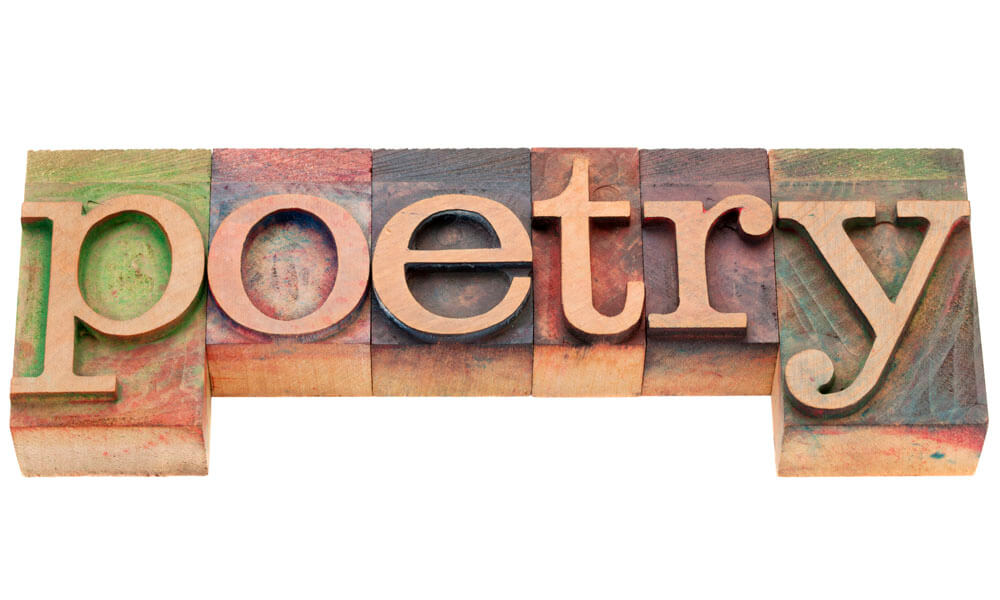

Emily Dickinson is often thought of as a solitary figure who never intended for her poetry to be published. Click this link to read about a 2018 dramatic comedy that challenges these notions.

Your eyes are able to perceive many wavelengths of light as colors. But not all light is visible to the human eye. Here’s a closer look at some of what you can’t see—infrared light.

Like anything you have with you all the time, you might take your eyes for granted. But how the eye translates the light falling onto an object into an image your brain can make sense of is pretty amazing. Here’s an overview.

“One sometimes finds what one is not looking for,” said Alexander Fleming, whose chance observation of a contaminated experiment led to the the world’s first antibiotic. This Smithsonian article discusses inventions and discoveries that centered on a flash of insight in a mind prepared to see what it wasn’t looking for.
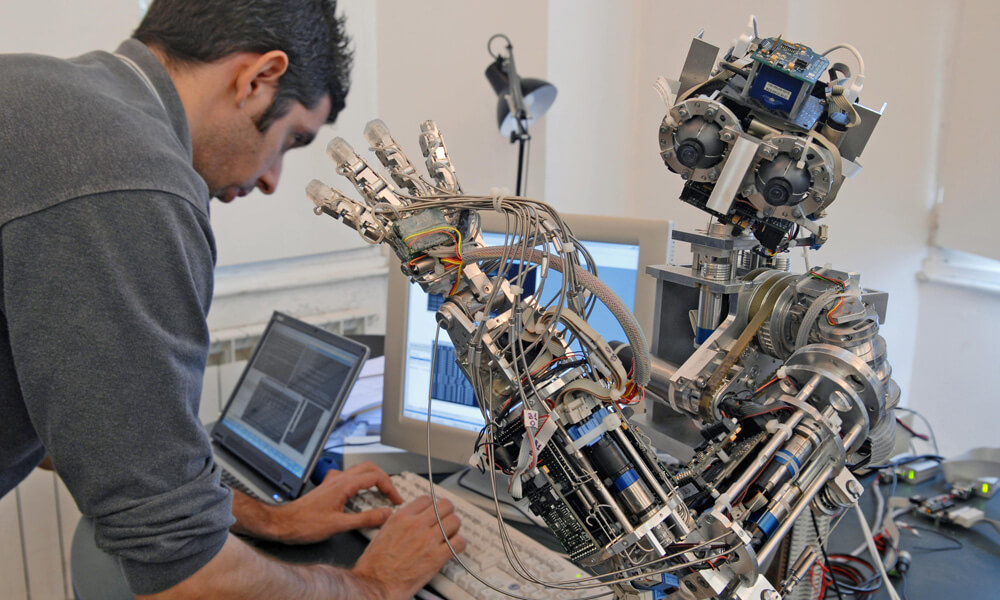
Researchers at MIT have developed a robot that is capable of identifying objects using a combination of sight and touch. Read to find out more about this new technology.

An eleven-year-old sees an opportunity to inspire to acts of kindness following the recent El Paso shooting.

Cute aggression is the feeling of wanting to squeeze or pinch something we think is adorable.

A tesselation is a repeating visual pattern that can be as simple or as complex as its creator wants it to be. Try it for yourself by following the instructions in this online magazine by and for teens.

“I saw it with my own eyes!” A statement from someone who witnessed an event is usually taken as absolute proof of the truth—but how reliable are eyewitnesses, really? Charles W. Bryant digs into some of the problems with relying on eyewitness testimony.
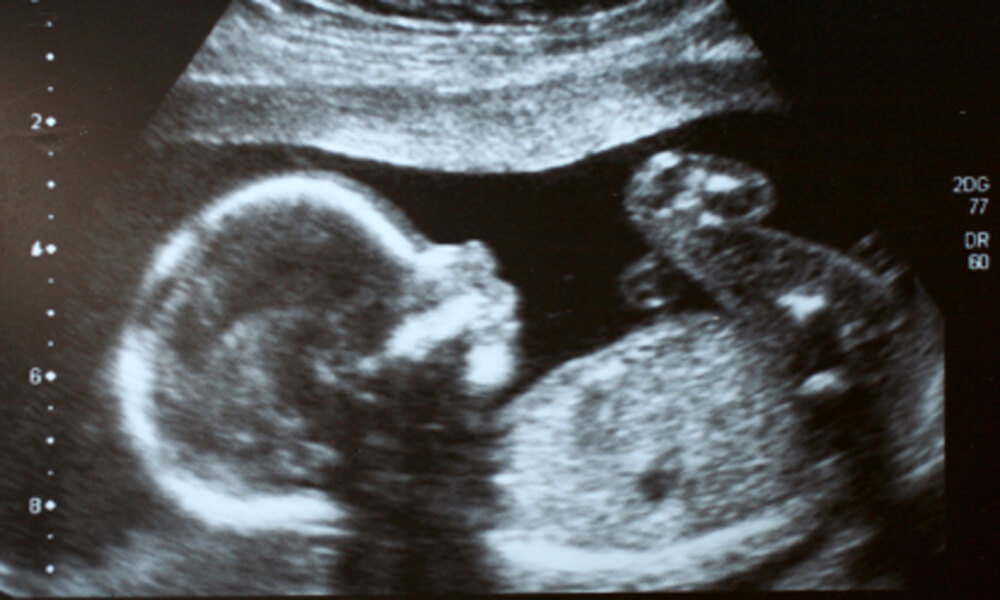
Photography has helped us to see things we couldn’t see with our eyes. It has captured important moments in time. It has even helped to some of the mysteries of the universe. Click through the features at this link to see some of the most significant photos of all time.

Click this link for some tips for keeping your eyes healthy, including protecting them from the sun’s UV rays.

Great thinkers can change how we see the world. In 1994, Nobel Prize winner Gabriel García Márquez wrote a tribute to Julio Cortázar, author of “The Night Face Up.” The piece begins with the story of a memorable night on a train to Prague. Click this link to read.
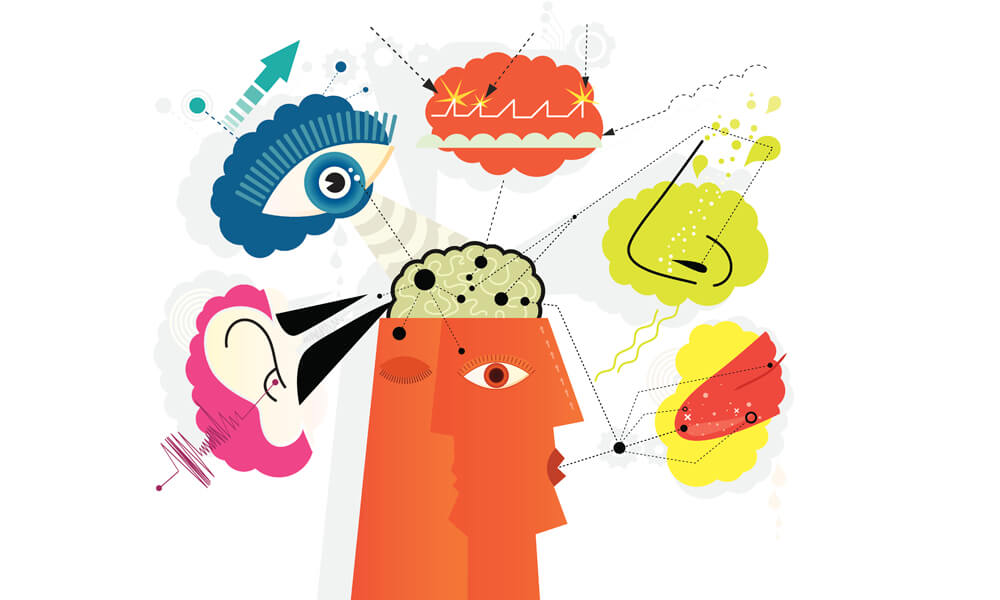
A recent study by scientists at the University of York found that different cultures place different amounts of importance on the five senses. Click this link to learn more.

This article explores the connections between vision and the other senses when it comes to our experience of eating and drinking.

If you really want to remember something, you take a picture of it. But a new study reveals that using that strategy may actually work against you: people remember more details about something if they don’t take a picture of it. NPR digs into the details and the implications.
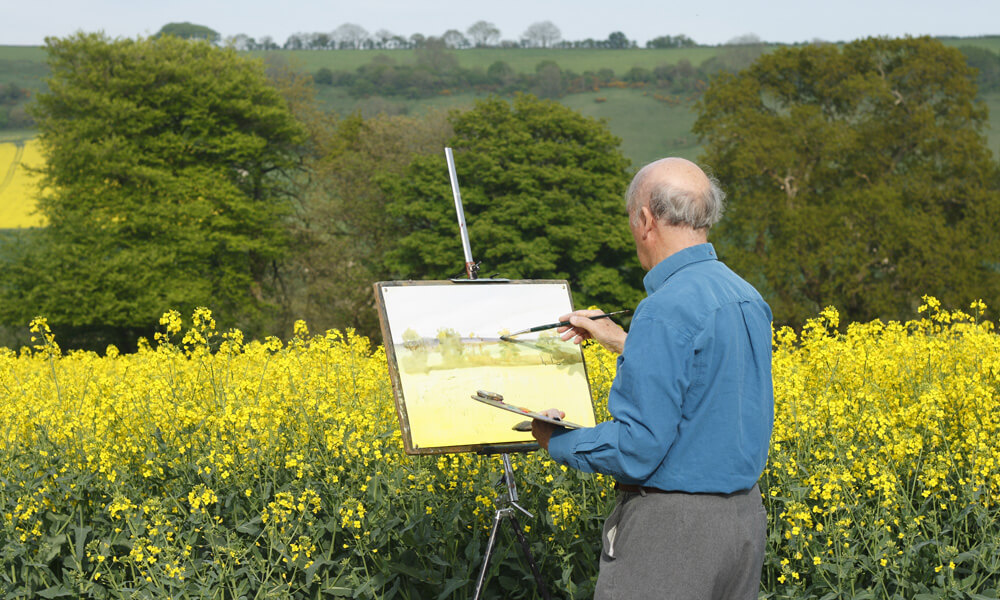
Read this article to learn about several visual artists who continue to create works of art after suffering vision loss.
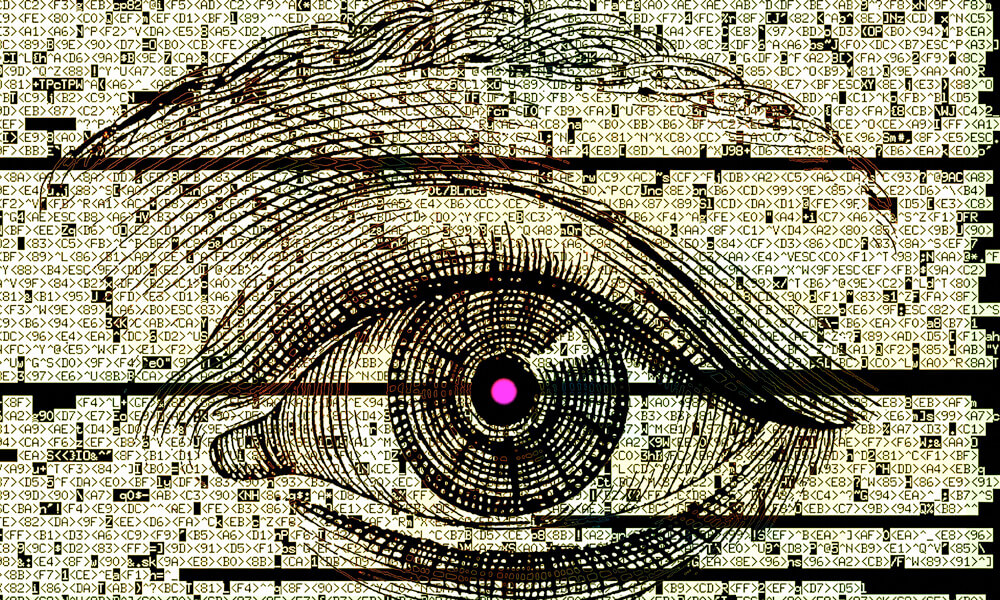
Click this link to read an interview with a neuroscientist who believes the next great innovation will not be a technological advancement but a shift in the way we see or perceive things.
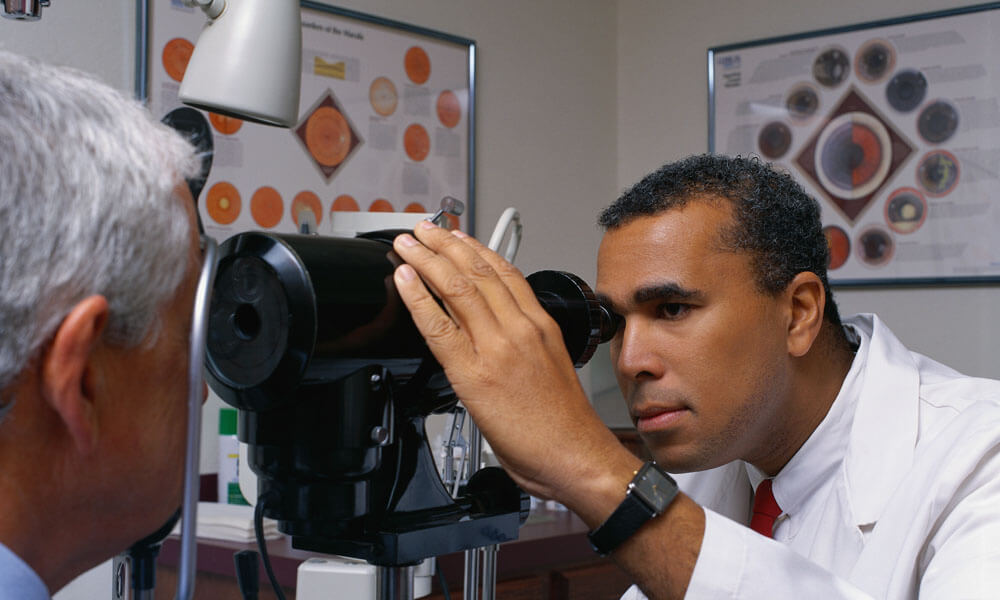
Scientists have developed a new treatment for a common cause of blindness. Could it be a breakthrough for preventing vision loss? Click here to learn more.
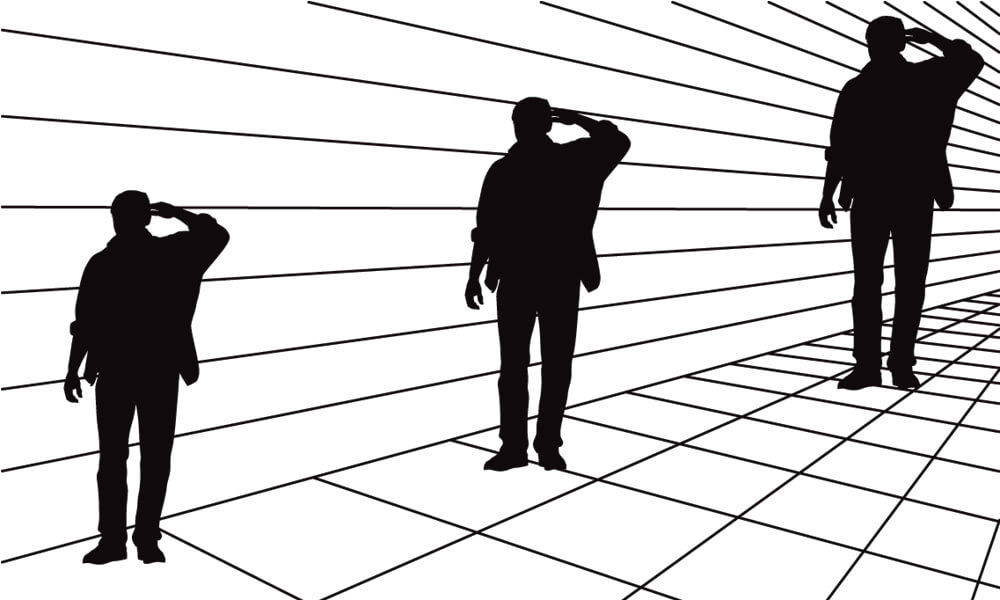
Read to learn about an exhibition at the American Museum of Natural History in New York that features interactive galleries which help visitors explore and challenge what they know about their sensory perceptions.
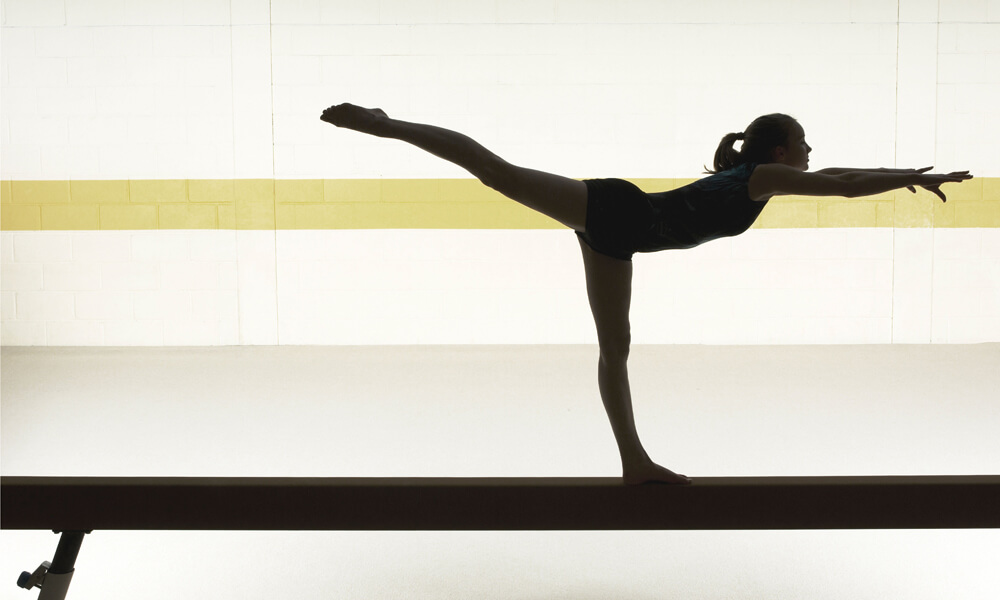
In what ways do we perceive the world beyond our basic senses of sight, hearing, touch, taste, and smell? Click this link to learn about some lesser-known senses, including equilibrioception, the sense that helps us keep our balance.